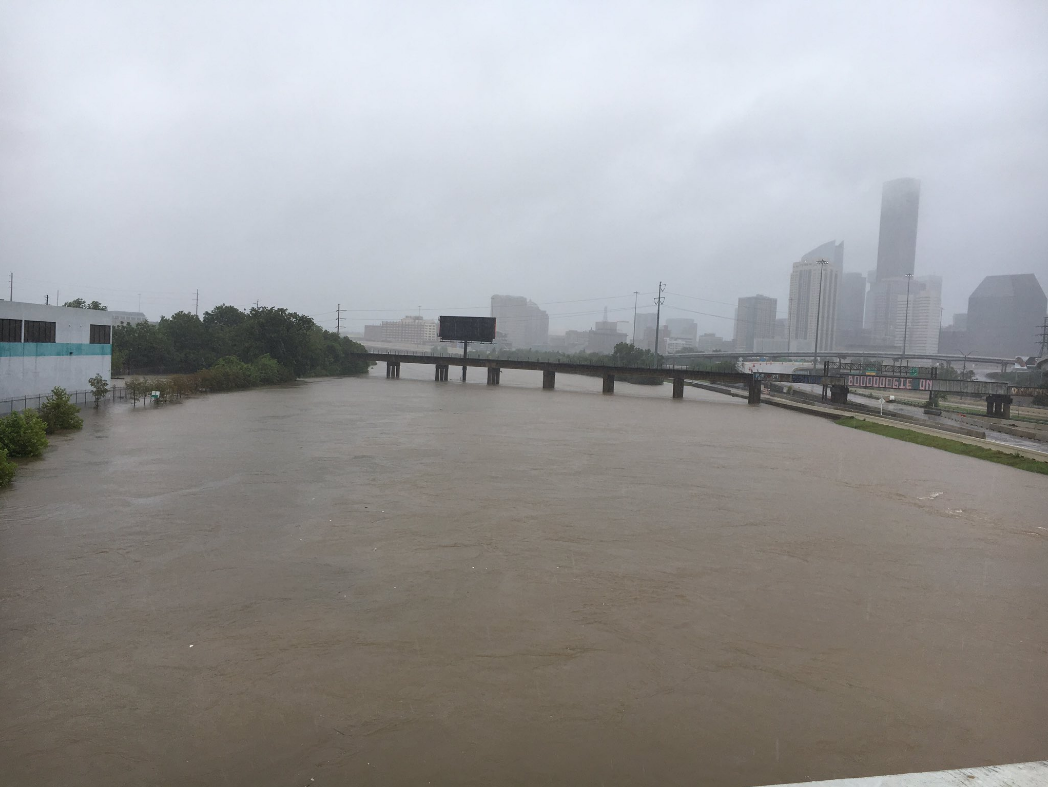Flooding
Floods are one of the most common hazards in the United States and may occur during any month of the year in Texas. A flood is defined when water overflows onto normally dry land. Not all floods are alike; they happen on different scales of space and time. The main types of floods are:

Source: Weather.gov
Did You Know?
Flooding events in Texas have been caused by the remnants of tropical storms and hurricanes, along with heavy rains from convective storms and low-pressure systems. Before Hurricane Harvey, storms like Hurricane Alice in 1954 and Tropical Storm Allison in 2001 caused significant flooding across portions of the state. You can learn more about some of these events through NOAA’s Flood Safety page for Texas.